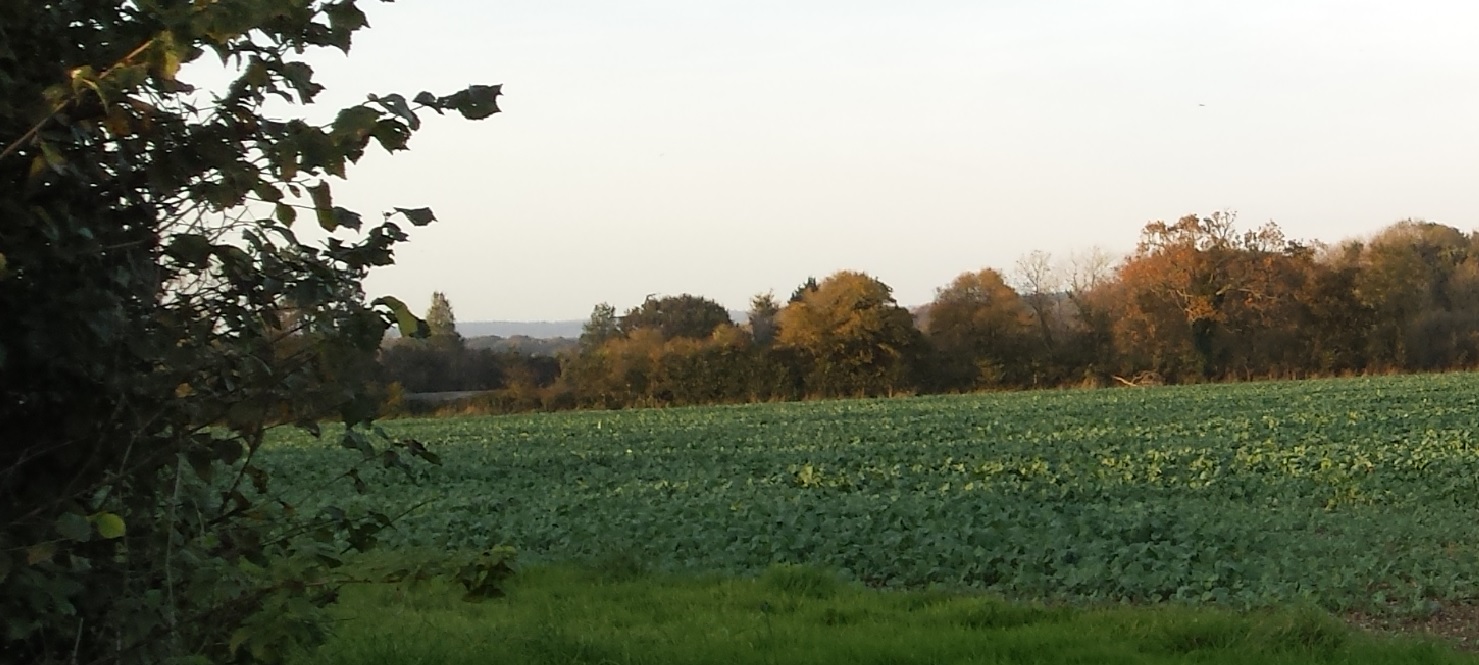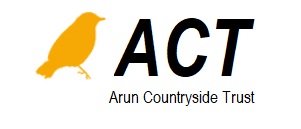Come September our eyes are drawn to hedgerows where cheery red rose hips stand proud inviting all to look; clusters of small shining black elderberries catch the slanting autumn sunshine; and the temptingly plump blackberries beckon all with a sweet tooth.

The hedgerows around Binsted woods link this block of ancient woodland to the wider countryside providing woody corridors, or hedgerow highways, for creatures to disperse throughout the landscape. They are rather busy highways, with a multitude of commuters, for bumblebees frequently navigate the woody route gathering pollen and nectar; hedgehogs snuffle their way along the sheltered ground beneath; dormice disperse through the tangled branches to discover new suitable pockets of woodland; and amphibians find protection in the adjacent grassy verges, using this damp habitat to pass through the arable landscape on their annual pilgrimage to breeding ponds. Research has shown that bats tend to follow the same woodland, tree-line and hedgerow routes every night to reach rich feeding grounds, for they offer shadowy protection from night-time predators that come in the form of swift and silent owls.
Commuters aside, hedgerows are hugely important in this farmed landscape, providing a multitude of services. Birds nest safely within the dense woody structure; butterflies and many other invertebrates shelter from strong winds; spiders spin hidden webs; dragonflies breed in the ditches; rodents, such as voles, burrow into muddy banks; beetle larvae feed beneath the bark; and all kinds feed on the foliage, nectar and fruit throughout the year.
Link all the British hedgerows together and it is estimated that this would encircle the planet 20 times! In a good year, a staggering 10,000 berries can be produced by just 1m of hawthorn hedge. Hedgerows, in addition to being a quintessential part of the British landscape, are an absolute haven for wildlife and the hedgerow highways around Binsted are no exception.
